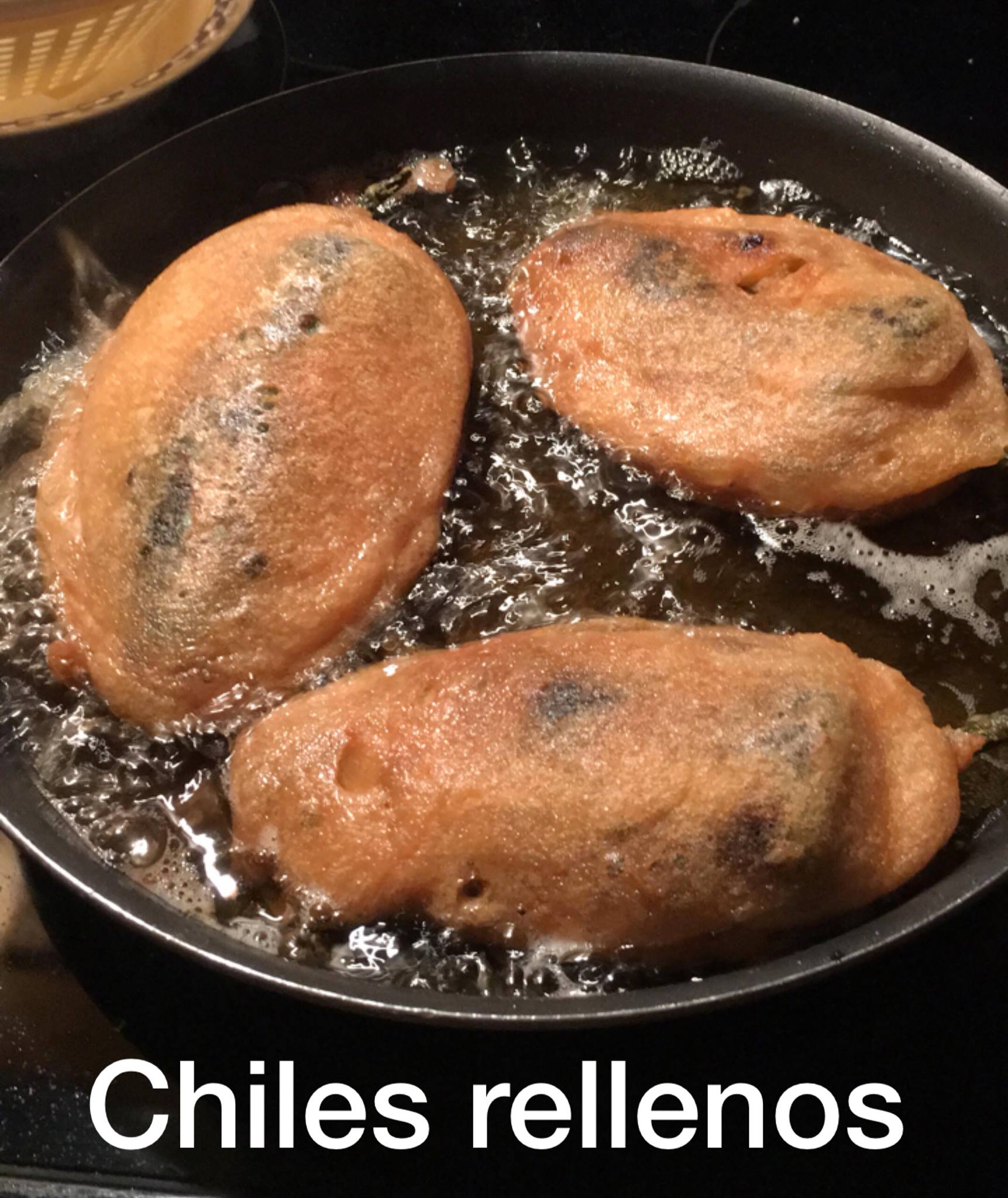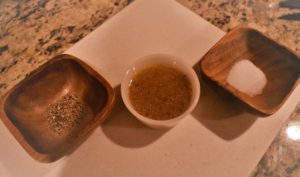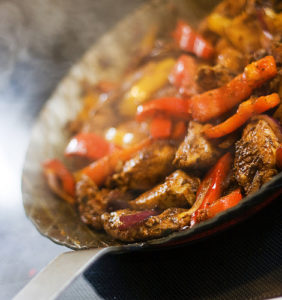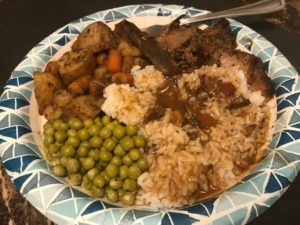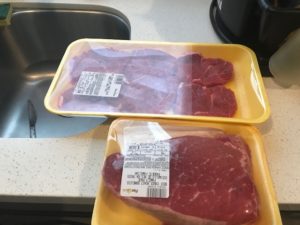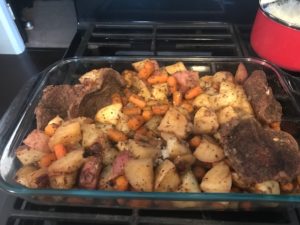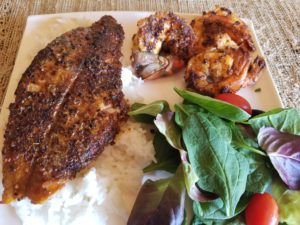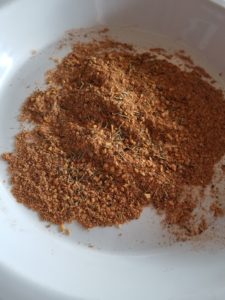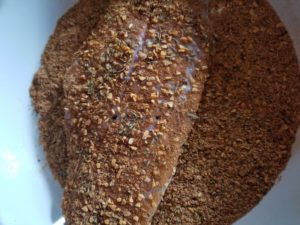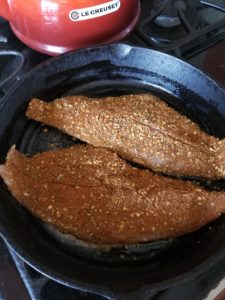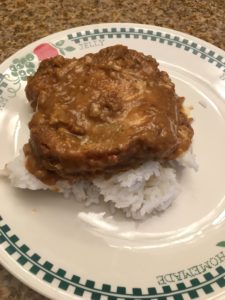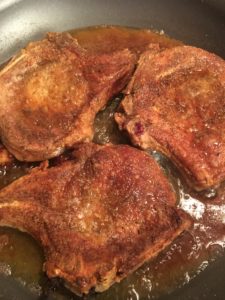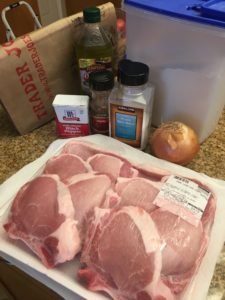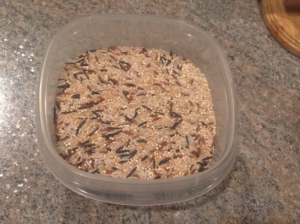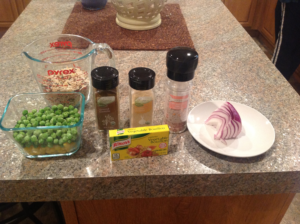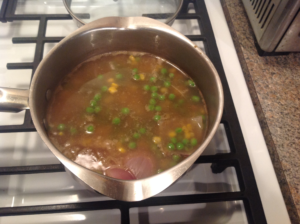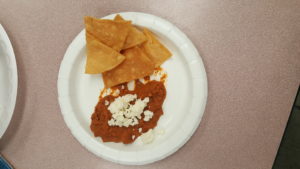
Frijoles Puercos
Origin of Frijoles Puercos
Frijoles puercos is a traditional Mexican side dish that includes pork lard, beans of your choice, pork chorizo, bacon, sliced pickled jalapeño peppers, and cheese. The way these beans are prepared is not meant to be as a main dish. They are prepared to be a side dish to accompany a main dish. There are different ways to prepare frijoles puercos. Here you will find a delicious traditional Mexican recipe for beans. Beans may be cooked in many different ways, but here you will learn to cook frijoles puercos, which is simply translated to pork beans.
I don’t know if anyone who is not Mexican has ever heard of frijoles puercos. I’m sure, every Mexican has heard of them regardless of which Mexican state they might be from. Originally, frijoles puercos were served as part of an important feast or a special occasion. Weddings, baptisms, first communions, and quinceañeras (a young girl turning fifteen) were all considered to be a special occasion and an important time to celebrate. The main dish would include birria or barbacoa. Birria is goat stew and barbacoa is also goat meat slow cooked in a hole dug into the ground. Most of the time, frijoles puercos would be served along with these and other main traditional Mexican dishes. During the Christmas season, frijoles puercos are served along with delicious tamales. Frijoles puercos will always be part of every fiesta (party).
My mother taught me how to prepare frijoles puercos her way. She tells the story that people from different states in Mexico claim frijoles puercos to be a dish from their state. People who originate from the state of Jalisco claim frijoles puercos are originally from that state. Those that are from the state of Sinaloa also claim frijoles puercos to originate from that state. The one thing I do know is that I was taught to cook frijoles puercos the way they are cooked in Nayarit, Mexico where my mother was from. She was born and raised in a small very poor village, or as we call it “ranchito”. When I say she was born in a village, I mean she was born in a village. There were no hospitals close to that village. All there was were mid wives or “parteras”.
My mother came from a family of eleven. She tells me that they were so poor that sometimes the only thing they had to eat was beans. From my general knowledge, beans are to Mexico like what rice is to China, a main food for that country. People get creative and begin to add different ingredients to beans in order to get a different taste. Being one of the oldest girls in her family, my mother learned how to cook beans in a few different ways as a younger child. This way she helped her mother with the cooking and at the same time she learned how to prepare different dishes with minimal ingredients, given that her family lived in poverty. When she taught me how to prepare frijoles puercos she told that the only time her and her family would eat them was on special occasions. She tells me that due to her family was poor as she was growing up, they could not afford to prepare frijoles puercos due to the very small portion of meat the dish included (the pork chorizo and the bacon). 
I was born in Mexico. As a young Mexican child, one of the first foods we are introduced to are beans. There will always be beans ready to eat in every Mexican kitchen. Beans are a nutritious source of protein. They are high in iron as well as high in fiber. Contrary to what certain people may think, beans have a high nutritional value. Otherwise, why would they be highly recommended during a woman’s pregnancy? I kind of remember the doctor telling me this during my pregnancies. As a child, I was taught to eat beans with every meal. I know we live in a modern world now, but in poor Latin American countries, beans sometimes become the only available food to eat. One of the reasons why beans become a primary source of food is due to poverty and the lack of resources. Poverty exists all over the world. Mexico has many areas that live in poverty up to this day, in just about every state.
Nowadays, frijoles puercos have become a more common side dish, and they no longer have to be served for special occasions. Because of the faster and simpler way of cooking them, they have become part of a daily side dish that is served with just about every meal. Cooking them on a daily basis does not include all the original ingredients. It also means that for everyday meals they can be prepared in small batches. The name has even been changed from “frijoles puercos” to simply “beans with chorizo”. It has become easier and faster to cook up a small batch of beans with chorizo to be served along with the day’s meal. The original frijoles puercos are delicious to eat even if they are served alone. Especially if there is a fresh batch of warm hand-made corn tortillas around, frijoles puercos can easily become a meal in itself. They can also be eaten as an appetizer along with corn tortilla chips.
Frijoles puercos are famous all over Mexico and every state may have a slight variance in the preparation. Although I grew up eating them, there are only a few ways I like to eat my beans. There are simple, quick, and easy ways to cook beans. Then again, there are also a few other ways to cook beans that may require a bit more time and effort. My preference in beans are pinto and Peruvian. The easiest and quickest way for me to cook beans is to boil water in a pot, put the beans in while the water is still boiling, lower the heat, and cover. After about 30 minutes, add a dash of salt, bring them to a boil once again, remove from stove, and let them simmer. After that, they are ready to be prepared in whichever way your little heart desires. Of course, for those of us who are full time employed, have a family, are full time students, or have a hectic schedule, maybe buying a can of cooked beans is more practical.
I am not a great cook; as a matter of fact, I’m not a cook at all. I can say this though, I love Mexican food. Sadly, to say, I don’t really have an interest in cooking, but I do it because I have a growing family that must be fed. My mother always told me to pay attention to what I do, especially in the kitchen. The kitchen is not really my friend and I have to be very careful when I enter that zone. I try my best when it comes to cooking. Normally, cooking a full meal for my family only happens on the weekends. I have to prepare myself for that and I need to have all the ingredients ready for the specific meal I’ll be cooking. The reason behind all of that is because I find it a bit difficult and stressful to come home and cook a full meal after a full day at work. Therefore, I opt for the next best thing and prepare simple 20 to 30-minute meals for my family. On the other hand, I have learned to prepare frijoles puercos in a much simpler and easier way. As stated before, beans with chorizo are quicker to make.
Memories
My mother shared with me a story that happened almost 27 years ago. To her, a wedding was an important date to celebrate and a deserving one to prepare and serve frijoles puercos. In her eyes, her only daughter’s wedding deserved this special side dish. My wedding was one of the most important dates for my family to celebrate, given that I am the only daughter and I am the only one from my siblings to have a wedding celebration. That story will remain with me forever. I did not learn to prepare frijoles puercos as a child. I learned to prepare them as a grown up. Now when I prepare myself well ahead of time and decide to make frijoles puercos from scratch, I remember the story my mother told me. As I begin to prepare them, I reminisce the day in the kitchen as she taught me step by step to prepare them. I hope you enjoy this recipe.
Ingredients for Frijoles Puercos (serves 6 to 8 people)
3 cups of your choice uncooked beans (I use pinto beans)
Pork Lard
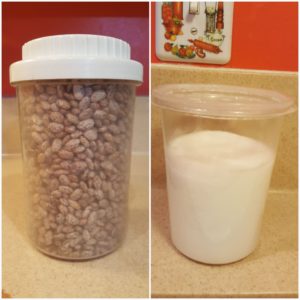
12 oz package of bacon (any brand)
9 oz package of pork chorizo (any brand)
9 oz can of sliced pickled jalapeño peppers (any brand)
12 oz package of natural fresh cheese; could be part skim milk cheese or whole milk cheese (any brand)
Additional Ingredients for Corn Tortilla Chips
I cup of cooking oil (your choice; I use canola oil)
3 dozen corn tortillas (any brand)
Salt
Cookware
2 medium sauté pans
1 large size sauté pan
Cast iron skillet
Metal colander
Potato masher
Measuring cups
Measuring spoons
Cheese grater
Medium size bowl
Pizza cutter
Metal slotted spoon
Frijoles Puercos Preparation
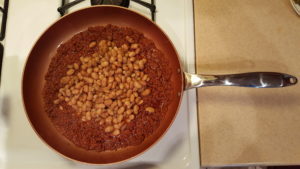
Adding cooked beans to cooked chorizo and bacon
Cook the beans ahead of time in plenty of water with salt. Once they’ve been cooked, drain and set aside, but save a little bit of the juice for later. In a medium size bowl, grate the entire package of cheese; set aside. Drain the sliced pickled jalapeño peppers; set aside. Normally, canned pickled jalapeño peppers have small portions of onions and carrots. You won’t be using that for this recipe, only the peppers will be used. Cut the bacon into small pieces for better cooking. In one medium size sauté pan cook the bacon until it is nice and crispy; set aside. In the other medium size sauté pan cook the pork chorizo until it is nicely darkened; set aside. In the large sauté pan you will add 4 table spoons of pork lard. Increase the heat until it begins to sizzle. Then, reduce heat to prevent splatters. After you reduce the heat, add the crispy bacon and cooked chorizo; mix well. Once the bacon and chorizo are sizzling in the pan, add the drained beans you had set aside earlier. Add a little bit of the juice the beans were cooked in to get a creamy consistency. Mix well and begin to mash the beans, bacon, and chorizo until you get the desired texture. I like my beans to be creamy and as smooth as possible. With the bacon and the chorizo, they will remain a bit lumpy even after you mash them, but that’s ok. Once everything has been mashed, add the sliced pickled jalapeño peppers, making sure everything is mixed well.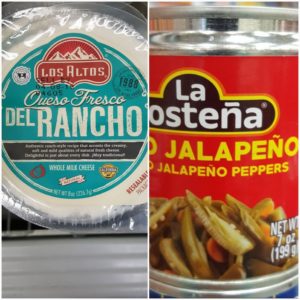 Sprinkle the grated cheese over the finished beans and remove from heat. Your frijoles puercos are ready to be served!
Sprinkle the grated cheese over the finished beans and remove from heat. Your frijoles puercos are ready to be served!
Corn Tortilla Chips Preparation 
This process will show you how to deep fry corn tortillas to create tortilla chips. Place one or two napkins on a plate to catch the dripping oil from the colander you will be using. Cut the corn tortillas in triangle shapes just as you would cut a pizza. Normally, you cut the tortilla in half, then in half again, and then cut the remaining half in triangle shapes. Add 2 cups of oil to a cast iron skillet for deep frying purposes. Turn heat on high for about 3 to 5 minutes so that the oil will be ready for the tortillas; lower the heat to prevent splatters. Carefully add a few tortilla triangles at a time to the hot oil. Deep fry the tortilla triangles until you see a light brown color. That means that they are nice and crisp and that’s the way you want them. Use the metal slotted spoon to remove tortilla chips from oil and place in the colander. Repeat the process until all tortilla triangles are done. Have a separate plate ready with a few more napkins to soak the excess oil once you place the finished chips on the plate; season with salt as you like. Now you have homemade corn tortilla chips to enjoy with your frijoles puercos!
References
Barbacoa. (2018, March 02). Retrieved March 10, 2018, from https://en.wikipedia.org/wiki/Barbacoa
Birria. (2018, March 01). Retrieved March 10, 2018, from https://en.wikipedia.org/wiki/Birria
Chorizo. (2018, March 03). Retrieved March 10, 2018, from https://en.wikipedia.org/wiki/Chorizo
History.com Staff. (2009). Nayarit. Retrieved March 10, 2018, from http://www.history.com/topics/mexico/nayarit
Kovacs, J. S. (2007, March 01). Beans: Protein-Rich Superfoods. Retrieved March 10, 2018, from https://www.webmd.com/diet/features/beans-protein-rich-superfoods#1
Pork. (2018, March 09). Retrieved March 10, 2018, from https://en.wikipedia.org/wiki/Pork
Wedding. (2018, March 08). Retrieved March 10, 2018, from https://en.wikipedia.org/wiki/Wedding

